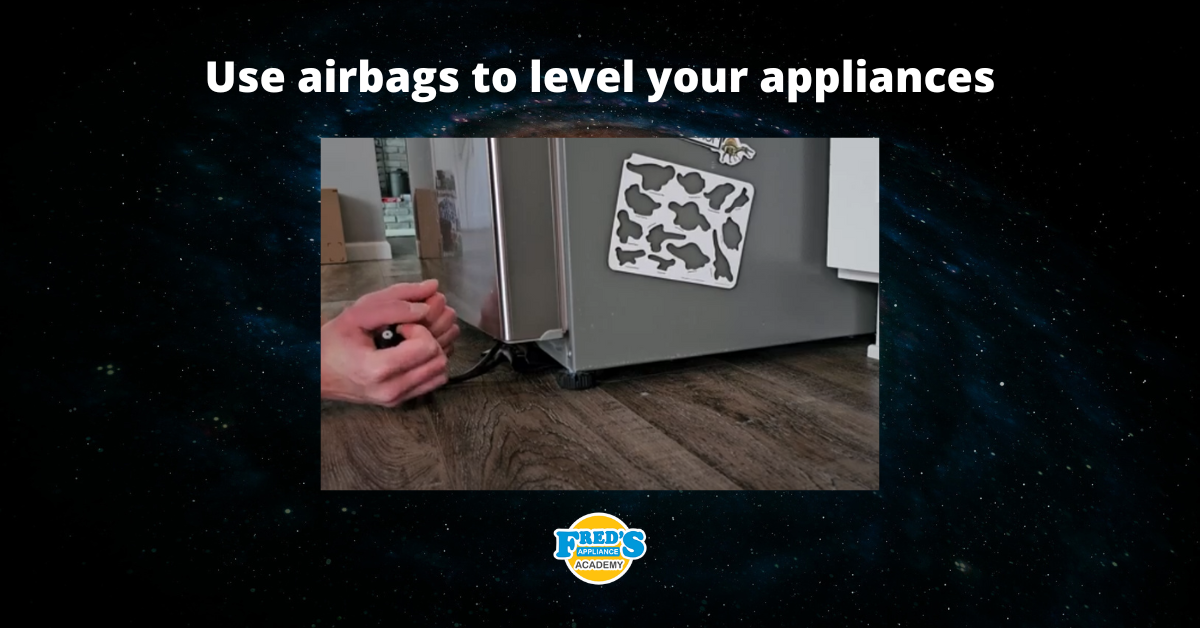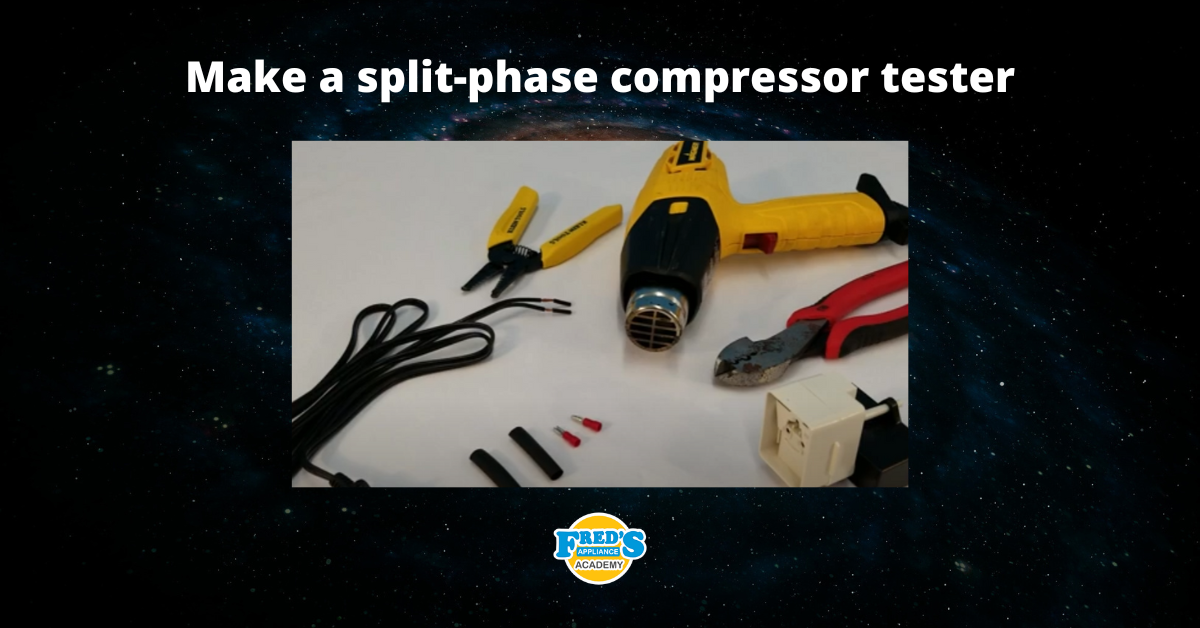
Dryers are one of the most commonly used appliances in the home. They save time and energy by quickly drying clothes, linen and towels. However, a dryer that doesn’t dry can be extremely frustrating. There are a number of possible causes for this problem. One possibility is that the dryer is not getting enough air. This can be due to a blocked vent or lint build-up in the dryer itself.
One of the most common causes of dryer issues is a clogged lint trap or vent.
Another possibility is that the heating element is not working properly. This problem will typically require the assistance of a qualified technician. In some cases, the problem may simply be that the load is too large or wet for the dryer to handle.
Why You Should Clean Your Vents and Traps Regularly
Your dryer has two main parts that need to be kept clean for it to work properly: the lint trap and the vent. The lint trap, usually located in the door of the dryer, catches any lint that comes off your clothes as they dry. The vent, which is usually located on the back of the dryer, allows hot air to escape as the clothes dry.
If either of these becomes clogged, it can cause your dryer to overheat, or not heat at all. In extreme cases, it can even cause a fire. That’s why it’s important to clean your lint trap after every cycle and your vent at least once a year. In addition to reducing the risk of fire, keeping your vents and traps clean will also make your dryer more energy-efficient. A clogged vent can cause your dryer to use up to 30% more energy, so regular cleaning will help save you money on your energy bills.
How to Clean Your Vents and Traps
The easiest way to keep your vents and traps clean is to empty the lint trap after every cycle and brush out your vent once a year. For built-up lint, you can use a vacuum attachment or a shop vac. If you don’t have either of those things, you can try using a slightly dampened cloth or paper towel to wipe away the lint. Just be sure not to forget about any nooks or crannies, lint likes to hide!
You should also check for any blockages in your vent hose at least once a year. To do this, first, disconnect the hose from both the back of the dryer and the wall outlet. Then vacuum out both ends of the hose with a mini blind duster or similar tool. You can also use a dryer vent brush (found in dryer cleaner kits) to get any lint deep down in the vent.
It’s also a good idea to check for signs of animals nesting in or around your vent opening, if you see any droppings or chewing marks, contact an exterminator as this could be a serious fire hazard.
Other Causes
The incorrect settings
Amana dryers come with an auto-dry setting. Unlike the Timed Dry, the auto dry detects the moisture in the tub, and will not stop until your clothes are fully dry.
Here’s how it works: the dryer uses sensors to monitor the moisture levels in the clothing, and then adjusts the drying time accordingly.
This ensures that clothes are not only dried thoroughly but also prevents them from being over-dried, which can damage the fabric. In addition, the Auto Dry setting can be used in combination with the wrinkle prevent feature, ensuring that clothes come out of the dryer looking their best. So if you’re looking for a setting that will guarantee full and even drying, the Auto Dry setting on your Amana dryer is the way to go.
Too large a load
Many people believe that if they overload their dryer with clothes, it will simply take longer to dry them. However, this is not the case. In fact, drying a large load of clothes can actually damage your dryer and shorten its lifespan. The reason for this is that the air needs to be able to circulate around the clothes in order to remove the moisture. When clothes are crammed into a dryer, the air cannot flow properly, which means that the clothes will not dry evenly.
Additionally, overloading the dryer can cause the heating element to overheat, potentially leading to a fire. As a result, it is always best to follow the manufacturer’s guidelines when it comes to loading your dryer. Not only will this help to protect your appliance, but it will also ensure that your clothes come out looking their best.
The heating element (or another component) has shorted out
Replacing a broken heating element is no easy task. Not only does it require a lot of disassembly, but it also involves working with electrical components. As such, it is best to leave this job to a qualified repair technician.
However, if you are determined to tackle the task yourself, here are a few things you need to know.
- The first thing you need to do is unplug the appliance and shut off the power supply. Next, remove the screws that hold the top panel in place and lift it off.
- Then, use a wrench to disconnect the gas line. Be sure to turn the gas valve to the “off” position before disconnecting the line. With the gas line disconnected, you can now remove the screws that hold the front panel in place and lift it off. Inside the appliance, you will see the heating element mounted near the bottom.
- Use a multimeter to test the components of the heating element for continuity. If there is no continuity they will need to be replaced.
- To remove it, simply unscrew the retaining nuts and pull them out.
- Once you have removed the old element, you can install the new one by reversing these steps. Be sure to test for leaks before turning on the power supply.
- Finally, you will need to reconnect all of the wires and test the heating element to make sure it is working properly.
Keep in mind that this is a complex process, and even a small mistake can cause serious damage. So unless you are absolutely confident in your abilities, it is best to call a professional.
The lowdown
If your Amana dryer has stopped drying, we hope these tips have helped get it back up and running. We know how important it is to have a reliable appliance, so if you’re still experiencing issues after trying these tips, please call a professional.

How to test a gas range ignitor

Congrats to our graduating March 2024 class

How to test a 120 volt receptacle

Congrats to our graduating February 2024 class

Why Is Your Dishwasher Soap Not Dissolving? (5 Easy Fixes)

Refrigerator Dripping Water Inside? 5 Quick Fixes

Appliance Industry 2023 Q4 Results

Congrats to our graduating January 2024 class

Clever ways to use airbags to level your appliances



